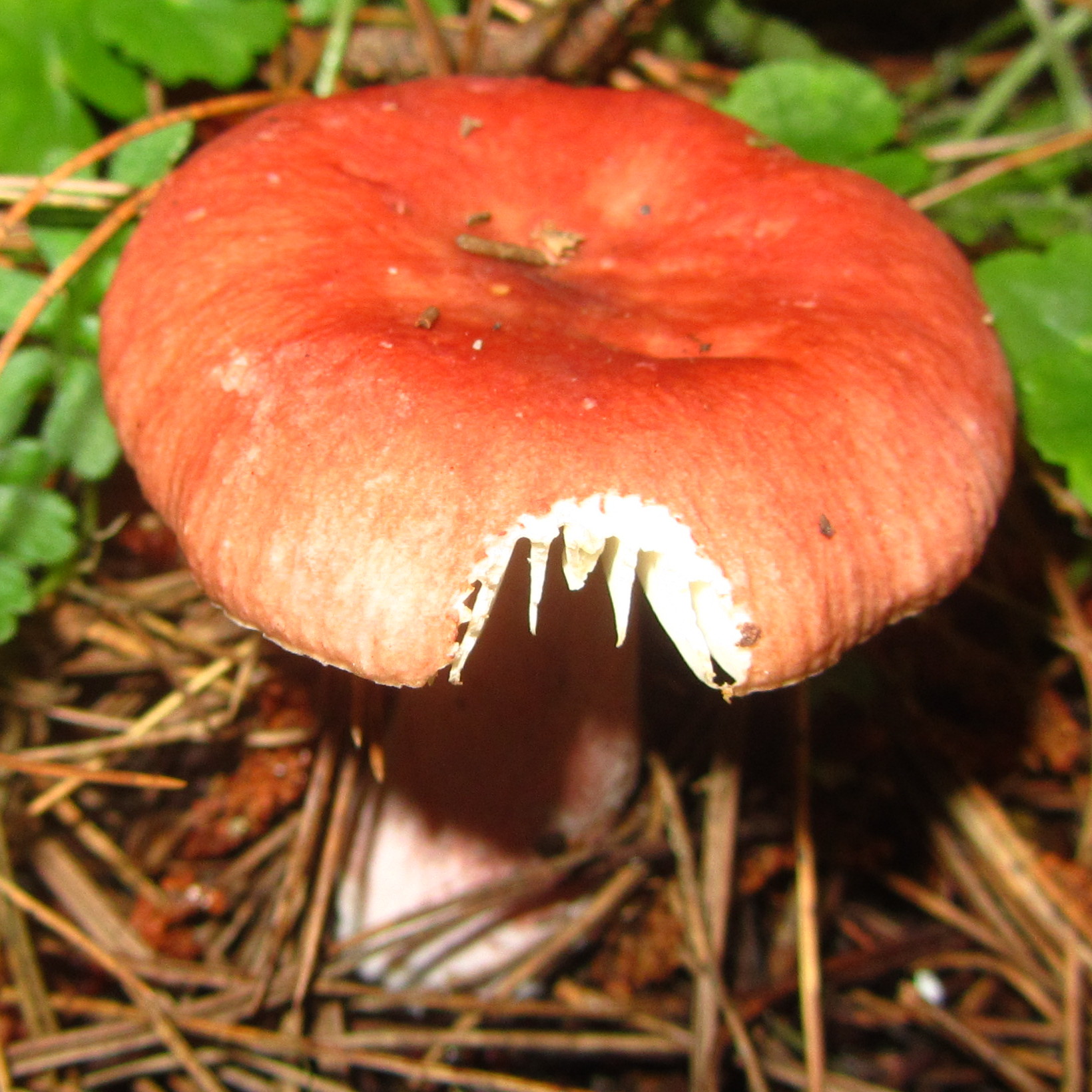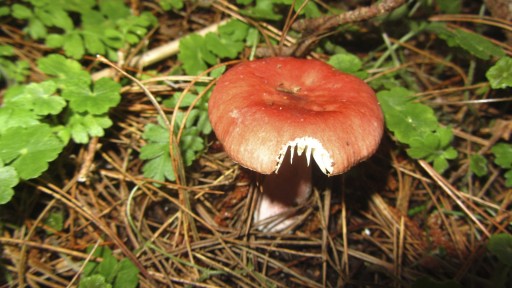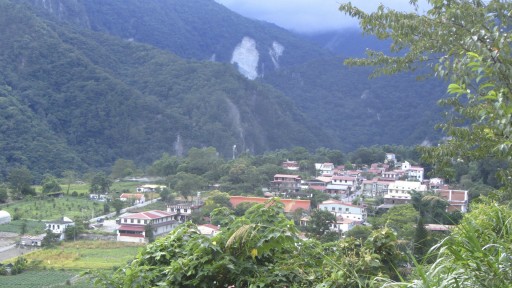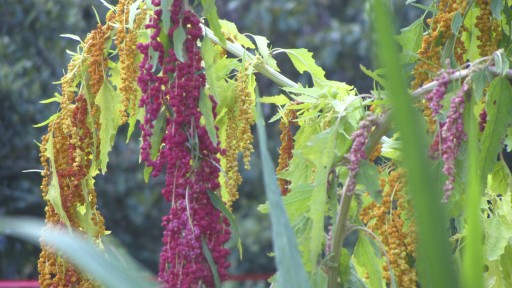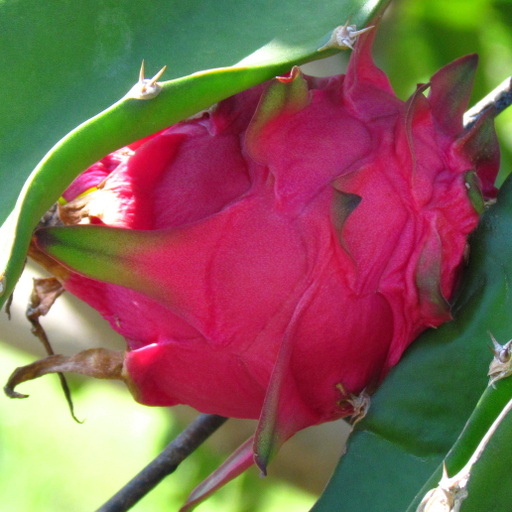Southern Taiwan is an extraordinary place in many ways. With a hot and humid climate, colourful coral formations, sandy beaches, and vast tropical fruit orchards, it clearly belongs to the warm regions of our planet. Nevertheless, it is sometimes easy to forget that southern Taiwan is also home to a massive mountain range covering the central areas of the island, with the highest peak reaching a whopping 3,995 metres! Yushan, as the summit is called, is 47 kilometres south of the Tropic of Cancer, so technically it still finds itself in the tropics. However, at this altitude and with alpine vegetation dominating the scenery, it is a climatically very different part of southern Taiwan.
Despite the altitude and relative remoteness, the island’s central mountain range is not nearly as inaccessible as it may seem. In fact, thanks to the remarkable engineering feat called Southern Cross-Island Highway (南橫公路), it takes less than three hours of driving to get from a hot tropical beach in eastern Taiwan to a cool alpine forest in the central mountain range. Pine trees, crisp air, thundering waterfalls and crystal-clear lakes are omnipresent in this region and the well-developed infrastructure provides ample opportunities for hiking, camping and mountaineering. The scenery is breathtaking and the vegetation is dominated by the Taiwanese red pine (Pinus taiwanensis), an endemic species.
While the pristine sierras offer unparalleled views, the equally scenic mountain villages that appear occasionally on the sides of the highway provide opportunities for breaks and refreshments. These settlements are invariably inhabited by Taiwan’s aboriginal tribes, a people that occupied the island long before the Chinese settlers arrived from the mainland. As such, their culture is vastly different from that of the “han” colonisers, offering a rather contrasting experience compared to the the large industrial cities of the north and west of the island. Here, like in the village of Lidao (利稻) pictured above, life is pleasantly unhurried, with agriculture dominating the surrounding fields.
I took the photo above at the entrance to the Lidao village, in a small millet field. While millet has historically played a vital role in the diet of the aboriginal tribes on the island, a similar plant, the more colourful Chenopodium formosanum (紅藜) is now promoted as health food and often eaten as an ingredient mixed with cooked rice in vegetarian restaurants. Together with millet, the grains are also used to make liquor, a low-alcohol beverage popular with the indigenous communities. The picture above shows the plants in different stages of maturity, hence the rich contrasting colours that make the scene pleasing to the eye and, at the same time, give a sense of hopeful anticipation before the upcoming harvest.
(This page has been viewed 530 times.)
